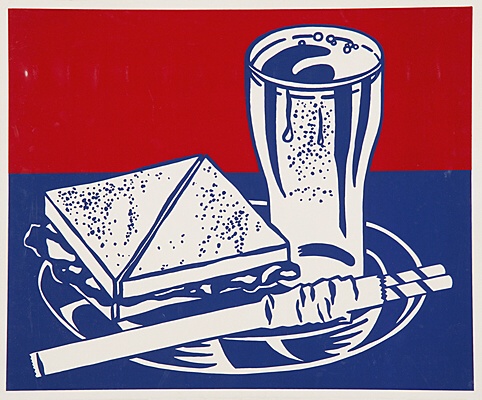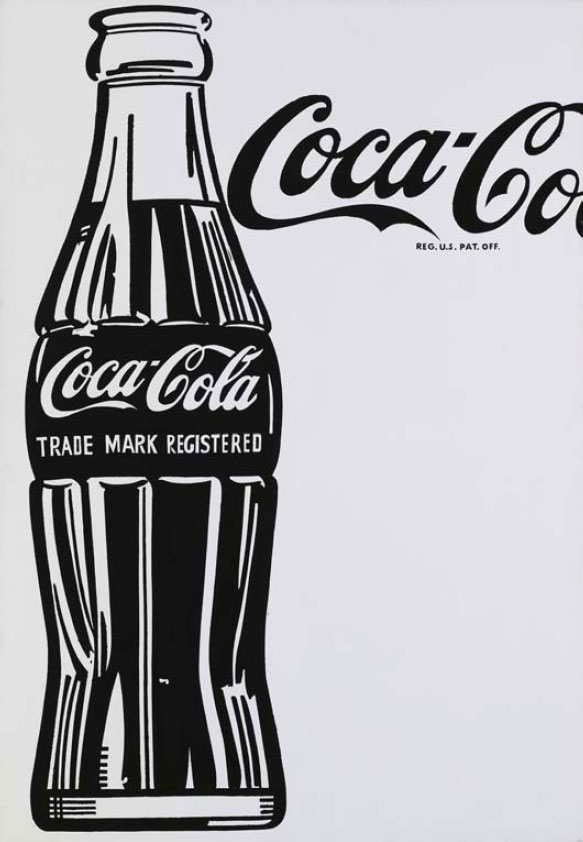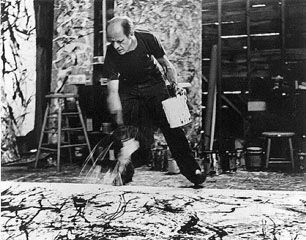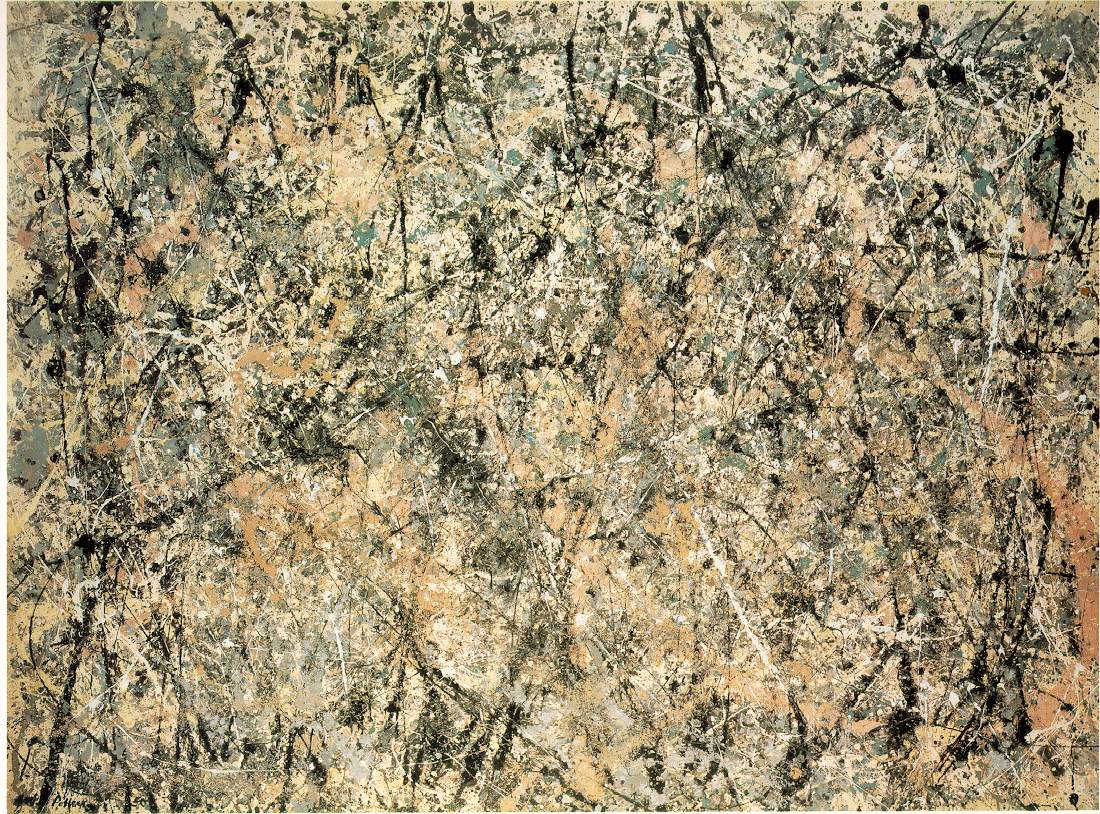What do you think about Banksy’s anonymity?
While it would be interesting to know more about Banksy’s identity, I believe that his anonymity is what is truly intriguing about him. When a new Banksy shows up somewhere, it is funny to think that nobody saw him create it. His hidden identity is what makes Banksy and his art all the more fun. If we knew who he was and people could reach him, his work would probably suffer. People would know when he was painting. It just would not be the same if Banksy’s true identity was known.
In the film, street art is auctioned off. Should street art be left in the street or is it okay to remove?
I feel like it really defeats the purpose of the art when it is sold. Banksy’s art is literally cut off walls sometimes. If it is created in the street, that is where it should be. Nobody is going to remove the Sistine Chapel’s ceiling to put on the auction block at Sotheby’s, so why is it any different for street art? Art is art, and it should be left where it is if it is not on a canvas. Some street artists still make art that is put in galleries and is meant to be sold. The art they create in the street should be left alone.It is called street art for a reason.
Why were artists like Shepard Fairey, Banksy, and Invader sort of bitter sounding about Thierry’s show and overnight success? Were they jealous or justified?
I understand why Fairey, Banksy and Invader are all slightly upset over Thierry’s success. They had all worked very diligently to gain their recognition and all Thierry did was tell a bunch of artists what to make. It was also almost like Thierry used Banksy’s “endorsement” to create hype for his show. Without that quote, I feel like Thierry would have been far less popular. Same goes for Shepard Fairey’s quote. I do not feel like the other artists were jealous though, because they knew how Thierry’s work was created and how much he actually did himself.
Question: Was Thierry/Mr. Brain Wash really a true artist all along or did he get lucky?






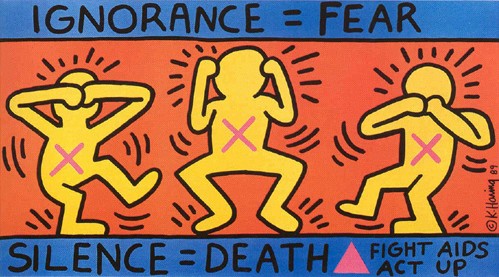







..jpg)
